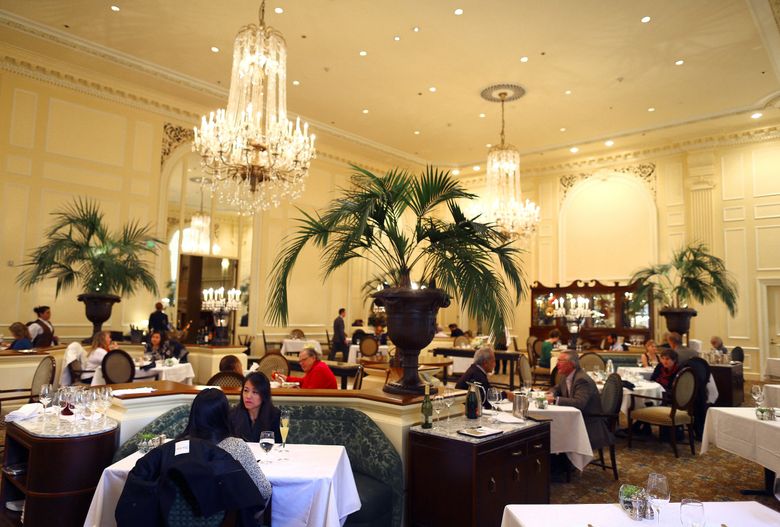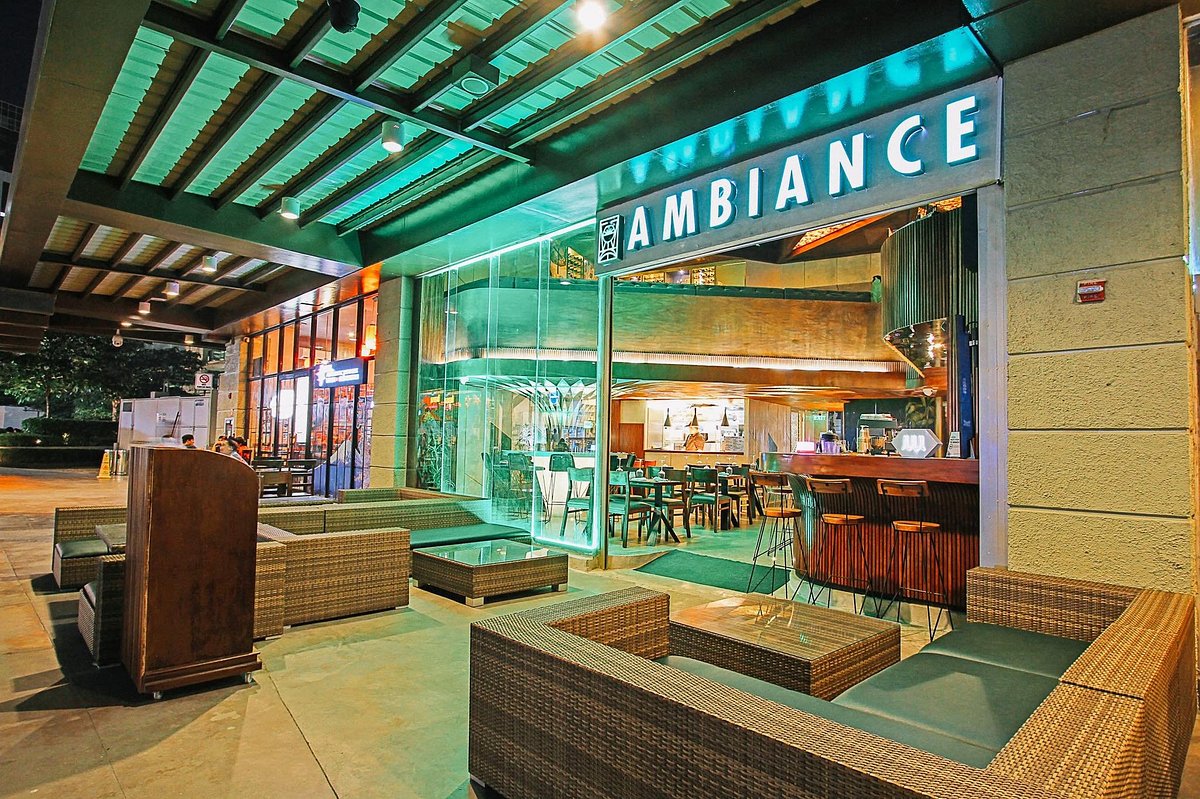Pan Asian Restaurant Islamabad: Discover Exquisite Asian Cuisine
Savor Genuine Eastern Cuisine With a Pan-Asian Spin for a Culinary Adventure
Starting a culinary journey through genuine Asian food, boosted with a Pan-Asian twist, offers an one-of-a-kind possibility to explore the rich tapestry of tastes that specify the area's varied cooking traditions. This experience invites you to enjoy the splendid equilibrium of tastes-- sweet, salty, spicy, and sour-- integrated by fragrant herbs and spices. Imagine the cutting-edge combination of Thai curry and ramen or the unforeseen pleasure of sushi burritos. As you ponder these enticing dishes, consider the social stories and historical influences that shape them, each bite offering a story waiting to be found.

Discovering Pan-Asian Flavors
In the world of global gastronomy, Pan-Asian cuisine sticks out for its exceptional diversity and the unified interaction of tastes from various Eastern cultures. This cooking technique celebrates the abundant traditions and unique ingredients found across the continent, producing a tapestry of preferences that is both appealing and enjoyable. Secret to Pan-Asian cuisine is its capacity to stabilize contrasting flavors-- sweet, salted, spicy, and sour-- while highlighting the freshness and high quality of each component.
From the umami-rich soy sauce of Japan to the fiery chili peppers of Thailand, Pan-Asian food provides a substantial scheme of tastes. These elements are typically combined in creative ways, boosting meals with layers of complexity. As an example, the usage of great smelling herbs such as lemongrass and cilantro, usual in Vietnamese and Thai food, includes a refreshing brightness to dishes, while the unification of coconut milk delivers a velvety, rich texture.
The focus on fresh fruit and vegetables and aromatic spices guarantees that each dish is not only a banquet for the preference buds however likewise for the senses. Pan-Asian food welcomes diners to begin on a culinary trip, exploring the vast and varied landscapes of Eastern gastronomy with every bite.
Blend Recipes to Try
While Pan-Asian food is commemorated for its standard flavors, the modern-day cooking landscape is progressively embracing blend dishes that blend these classic components with influences from various other regions. This innovative technique not just honors the rich heritage of Asian culinary arts however also presents novel taste experiences that attract modern tastes.
A prime example of such a combination recipe is the Korean-Mexican taco, where marinated bulgogi beef is wrapped in a warm tortilla, covered with kimchi and a zesty gochujang-infused salsa. This combination weds the bold, mouthwatering flavors of Korea with the dynamic, fresh components of Mexican cuisine. In a similar way, sushi burritos have acquired popularity, joining together the delicate creativity of Japanese sushi with the passionate, hand-held benefit of a burrito, typically featuring blend components like tempura shrimp and avocado with a drizzle of wasabi mayo.
An additional noteworthy recipe is Thai curry ramen, which instills the luscious, fragrant flavors of Thai curry right into the soothing brew of typical Japanese ramen, producing an unified mix that tantalizes the detects. These blend meals expand beyond mere uniqueness; they stand for a culinary dialogue in between societies, urging exploration and development worldwide of Pan-Asian food.
Crucial Ingredients and Spices
To absolutely appreciate Pan-Asian food, one need to understand the crucial ingredients and seasonings that form its foundation. This varied cooking design attracts from an abundant tapestry of Eastern practices, utilizing a harmonious mix of tastes and structures.
Fragrant elements are essential, with ginger, lemongrass, and garlic being common across different Pan-Asian recipes. These ingredients give a great smelling base that improves the intricacy of flavors. Flavors such as celebrity anise, cardamom, and cinnamon present warmth and character, resembling influences from areas like China and India.

Cooking Strategies and Tips
Mastering the art of Pan-Asian food requires familiarity with its unique food preparation methods, each adding to the vivid tapestry of tastes this culinary practice is celebrated for. Central to these approaches is the stir-fry, a fast food preparation technique that protects the dietary honesty and vibrant shades of ingredients. Making use of a frying pan, the stir-fry technique permits for even warmth distribution, crucial for achieving the particular appearance and flavor equilibrium of Pan-Asian meals.
Another fundamental technique is steaming, especially widespread in Chinese food. This mild technique maintains the natural flavors and nutrients of ingredients, making it ideal for seafood and vegetables. Dumplings, a cherished staple, commonly take advantage of steaming, leading to soft, delicious textures.
Grilling, additionally important, presents smoky midsts to dishes such as Korean bulgogi or Japanese yakitori (Fine dining experience Islamabad). This technique typically involves marinading ingredients, enabling tastes to penetrate deeply before food preparation over an open flame or hot plate
Finally, grasping the art of balancing tastes-- pleasant, sour, salty, bitter, and umami-- is critical. Properly layering these aspects can boost a recipe from ordinary to remarkable, providing a complex and pleasing culinary experience that embodies the significance of Pan-Asian food.
Eating Experiences Worldwide
Throughout the globe, Pan-Asian cuisine provides an unequaled eating experience, celebrated for its abundant tapestry of tastes and vivid discussions. This cooking sensation has gone beyond cultural borders, catching the hearts and palates of food lovers worldwide. In multicultural cities like New York, London, and Sydney, Pan-Asian restaurants act as fusions where cooking practices from Thailand, Japan, China, and beyond converge, supplying restaurants with a diverse mix of dishes that highlight the region's variety.
The worldwide allure of Pan-Asian cuisine lies in its capacity to offer both credibility and innovation. Chefs skillfully wed conventional components such as lemongrass, soy sauce, and miso with modern methods, leading to dishes that are both acquainted and refreshingly brand-new. This combination enables diners to start a cooking trip that respects heritage while welcoming modernity.
Moreover, dining experiences are boosted via thoughtfully made atmospheres that mirror the principles of Pan-Asian looks. From minimalist Japanese-inspired interiors to vivid Thai-themed rooms, each restaurant offers a special setting that enhances the cooking offerings. As an outcome, patrons are not just taking in a dish yet partaking in a cultural experience, making Pan-Asian eating a really worldwide phenomenon.
Verdict
The exploration of Pan-Asian cuisine uses a profound understanding of the elaborate interplay of flavors and culinary practices throughout Asia. By embracing blend dishes such as Thai curry ramen and sushi burritos, the cooking journey not only highlights the flexibility of conventional ingredients but likewise showcases innovative contemporary methods. This gastronomic experience, improved by cooking approaches and necessary spices, gives a distinct possibility to value the multiculturalism and culinary artistry that define Pan-Asian cuisine on a worldwide scale.
Beginning on a cooking journey through authentic Asian food, enhanced with a Pan-Asian twist, supplies an unique opportunity to discover the rich tapestry of tastes that define the area's diverse culinary practices.In the world of global gastronomy, Pan-Asian food stands out for its remarkable diversity and the harmonious interaction of flavors from different Eastern societies. Key to Pan-Asian cuisine is its ability to stabilize different tastes-- pleasant, salted, spicy, and sour-- while highlighting the quality and quality of each ingredient.
